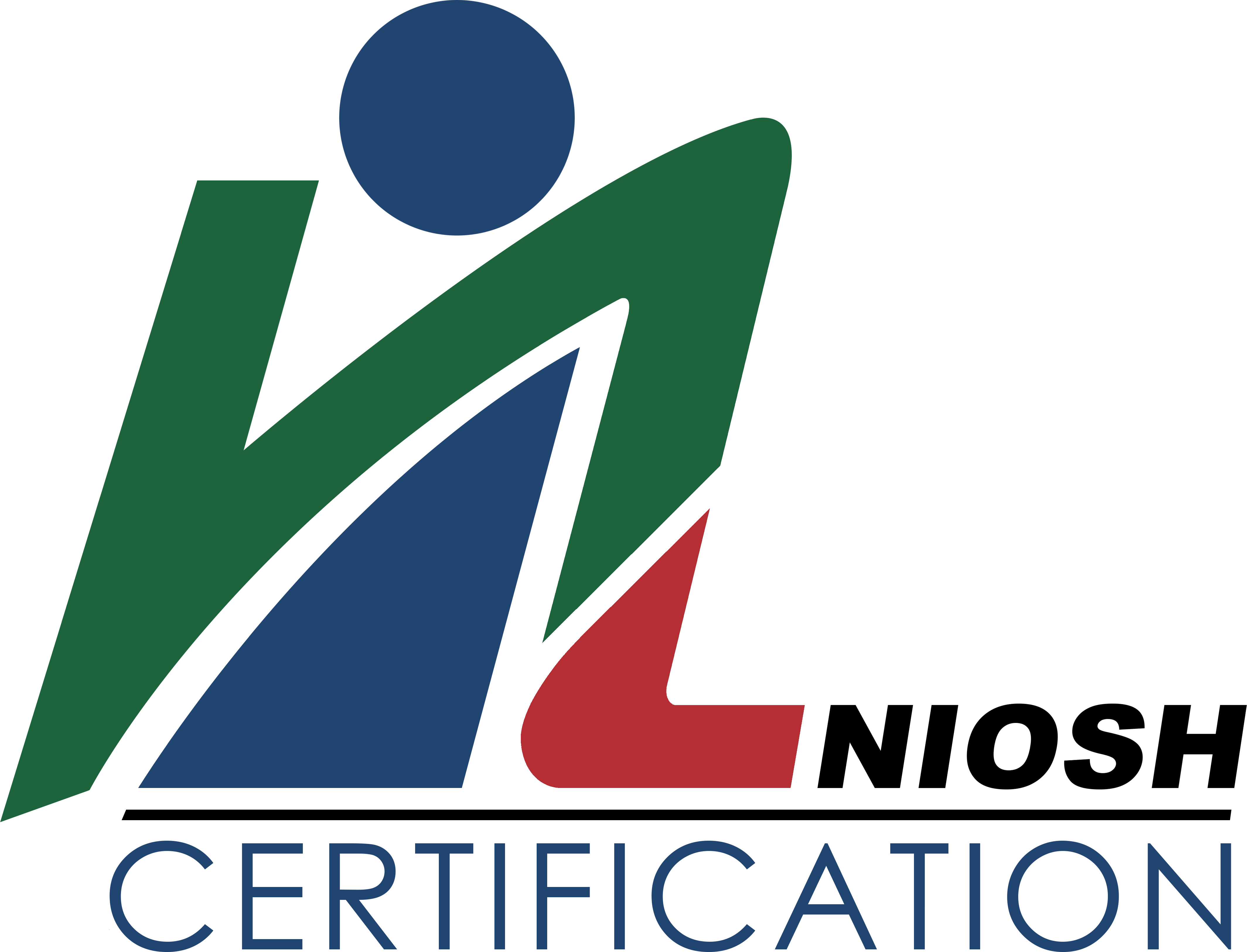ISO 22301:2019
Business Continuity Management Systems
Description:
ISO 22301 is an internationally recognized standard that provides a framework for establishing, implementing, maintaining, and continually improving a Business Continuity Management Systems (BCMS). This standard enables organizations of all sizes and industries to enhance their resilience through systematic approach to identifying potential threats, assessing their impacts, and developing strategies to safeguard critical operations and minimize disruptions. This will ensure that they can continue operating during and after a disruptive incident.
ISO 22301 involves identifying potential threats to business operations, assessing their impacts, and developing strategies to mitigate risks and maintain essential functions. Key components of a BCMS typically include risk assessment, business impact analysis, development of continuity plans and procedures, training and awareness programs, and ongoing review to ensure that organizations can effectively respond to and recover from disruption. By implementing BCMS, organizations can enhance their resilience, minimize downtime, protect their reputation, maintain stakeholder confidence, and sustain business operations in the face of adversity.
Main Components:
–
Who should be certified:
- Ensure business continuity and resilience against disruptions.
- Comply with regulatory requirements related to risk management and business continuity.
- Operate in critical sectors such as finance, healthcare, telecommunications, and government.
- Manage operational risks effectively, including supply chain dependencies.
- Enhance reputation and build trust with stakeholders by demonstrating preparedness.
Benefits:
- Helps organizations build resilience by identifying potential risks, developing strategies to mitigate those risks, and establishing protocols for responding to and recovering from disruptions
- Minimizes the impact of disruptions and improve risk management processes thereby reducing financial losses and preserving stakeholder and customer confidence
- Be able to continue to deliver products and services at an acceptable predefined capacity during disruption
- Ensure compliance with applicable regulations, avoiding penalties and legal consequences
- Ensure systematic response to crises while increase organisational efficiency, effectiveness through continual process improvements
- Enhances corporate image and branding and improve access to global markets
Contributes to SDGs:
- SDG 7: Affordable and Clean Energy
- SDG 8: Decent Work and Economic Growth
- SDG 9: Industry, Innovation, and Infrastructure
- SDG 11: Sustainable Cities and Communities
- SDG 16: Peace, Justice, and Strong Institutions

